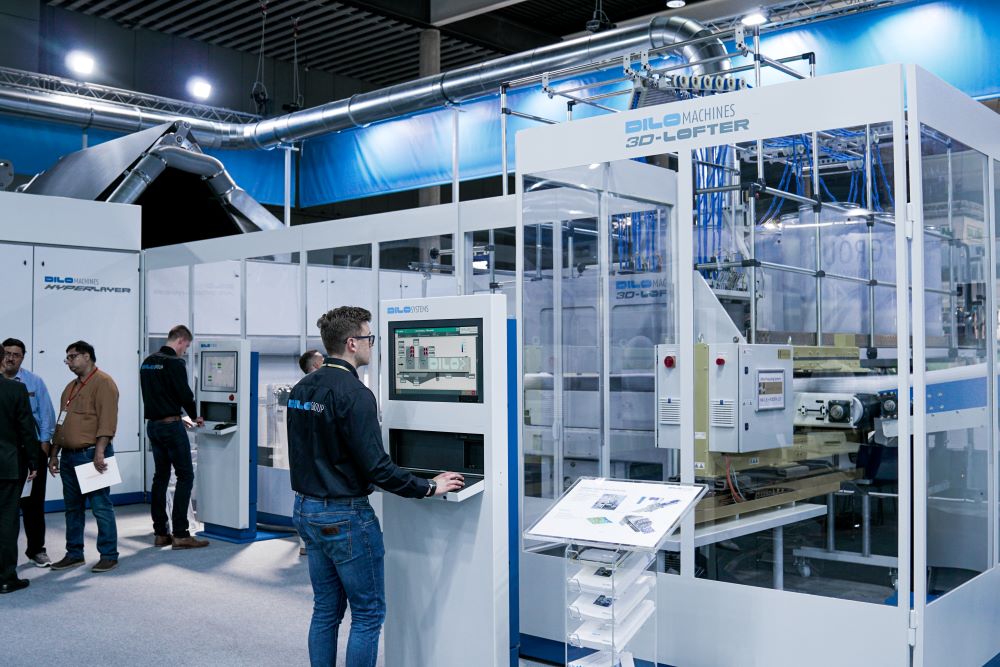People love their smart devices. Whether it be in their home or work lives, more and more people use smart devices each year. In fact, one report found that the volume of global Internet of Things (IoT) connections, or connections between devices over the internet, increased 18% in 2022, bringing the total number of devices connected up to 14.3 billion. And that figure is expected to grow by another 16% in 2023, bringing the amount of connections up to 16.7 billion. Suffice it to say, the IoT has a lot to offer, and people are taking advantage of it.
This phenomena doesn’t only exist in personal or business settings, but in the manufacturing industry as well. Nowadays, manufacturers use new technologies to optimize their workflows, cut costs, and improve their products. With how quickly technology is advancing, professionals in this industry have to attend some sort of advanced manufacturing conference to keep up. Before we discuss manufacturing conferences in more detail, though, let’s cover how smart manufacturing differs from traditional manufacturing and how it’s changing the industry for the better.
What Is the Difference Between Smart Manufacturing and Manufacturing in the Traditional Sense?
The difference between smart and traditional manufacturing comes down to one major difference: connection. Smart manufacturing connects to the IoT to make processes quicker and more efficient, whereas traditional manufacturing doesn’t. Let’s take a closer look at each.
Traditional manufacturing uses tools, machinery, and human labor to produce parts or finished products from raw materials. Typically, this process is subtractive, meaning that the final product is cut from the raw material. While this process has worked for over a century to produce more products with less money, it wastes more materials and isn’t always efficient.
Smart manufacturing combines digital technology with advanced manufacturing technology. Advanced manufacturing centers on the use of robotics and automation to eliminate human error and quicken production. Not only that, but the smart manufacturing industry takes it a step further by connecting their tech tools to the internet. The secret to doing that? Adding sensors to each machine to connect it to the cloud. With this technology, manufacturers can track:
- Where processes are slowing down
- When machine parts are deteriorating and need replaced
- How to fix a machine without having to take it apart first
- How machine upgrades will affect the speed and accuracy of production
Companies have started using smart manufacturing technology to minimize downtime and create more sustainable practices. To understand how companies are using smart manufacturing today, let’s look at a couple of examples.
What Are Smart Manufacturing Examples?
Bosch is an engineering and technology company that has a smart factory. Their Blaichach plant uses the IoT and tablets to:
- Check for errors in production and alerts team members when they occur
- Create an operator support system that provides recommendations on how to fix errors
- Share information with other departments to drive innovation
- Collect and share data from customers to better cater to their needs
Infineon is a semiconductor manufacturing company that also uses smart technology. Their Dresden plant transports wafer products using central operating and monitoring systems. These systems use algorithms to simulate what changes to their wafers would do before building them, allowing them to quickly respond to customer needs and to improve their processes.
How Does Industry 4.0 Affect Manufacturing?
Industry 4.0, or the fourth industrial revolution, has made manufacturing processes quicker and more efficient than ever before. Robotics have taken over many of the tasks on the production line so that the human workforce can take on other responsibilities, such as coming up with new innovations to sell to customers. With this shift in work, more goods are produced with fewer errors.
Fewer errors and new technologies have also led to more sustainable practices. Instead of subtractive manufacturing like in the days of old, many companies have begun enacting additive practices. In this type of manufacturing, raw materials are built up to create products. When products are built up instead of cut from raw materials, companies produce less waste overall.
Industry 4.0 has also allowed companies to produce more customized goods for their customers to choose from. With 66% of consumers expecting companies to understand their needs and 52% expecting personalization, customization is a must in the manufacturing industry. If you want to stay competitive, you need to give the people what they want.
Essentially, Industry 4.0 and smart manufacturing have created a landscape for manufacturers to produce more of what their customers want—in less time and with fewer materials. But to fully reap the benefits, you must stay on top of the latest technologies and innovations in the field. And to do that, you need to attend a cross-collaboration like Rally, where several industries merge to form something new that can be applied to the manufacturing industry.
Learn About the Latest Smart Factory Solutions at Rally!
The Rally Innovation Conference is where industry leaders gather to learn and share ideas with one another. Leaders and professionals from six different studios attend this event:
- HardTech
- Ag & Food
- SportsTech
- Healthcare
- Entrepreneurship
- Software
When you attend Rally, you’ll hear from over 200 speakers, have access to over 50 sessions, network with other professionals both from within the manufacturing industry and from outside of it, and maybe even receive up to $1 million investment in a pitch competition to fund an innovative idea of your own.
Smart factories are the future, and Rally is your time machine to get there. To start traveling, register for the event today.
